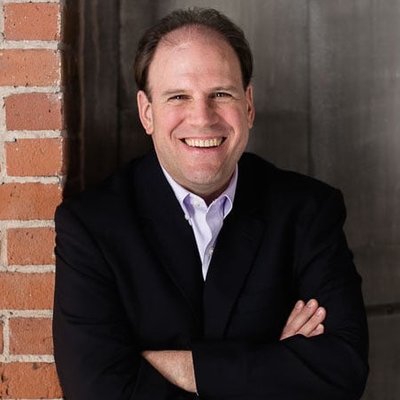Charles Starrett

Blog, links, and…
Culture consultant & social tech teacher/facilitator at SoulCo & Northeastern University. He/Him. Dad, Harvard and NEC alum, visual thinker, dabbler in ukulele, electronic music, 한국어, and TTRPGs.
RSS
When self-protection goes wrong
Humans are programmed to stay alive. With all the self-destructive choices we may make, in the moment, we do what we need to do to survive.
When we sense danger, our bodies do all sorts of things to make us stronger, quicker, and more alert than we normally are. If we hold our breath too long, our lungs try to pull in something, anything, to try to get more oxygen into our system (even if we’re submerged in water).
There are many examples of this, but one thing that most of them have in common is they are focused on the individual. It’s all about trying to keep me alive. This body. This human, without regard for other humans, or other life.
While this focus on the self can be useful in immediate emergencies, when it comes to more gradual emergencies like a declining business, a fragmenting community, or even the climate crisis, this focus on individual safety can make things worse for us.
Our evolutionarily designed survival instinct can cause us to focus on reducing individual, immediate risk while increasing collective, longer-term danger.
And the thing about “collective” is that it includes each one of us. Everything that increases collective danger also increases the threats to our individual survival. It’s just that we are not designed to react to collective danger the same way we react to individual danger.
This is where the skill of self-awareness comes in. When we can become aware of our reactions to threat—or what we think is a threat—then we have the opportunity to take an action that is aligned with our true well-being. One which takes into account that our well-being depends more on preserving this body in this moment, but on the well-being of us all.
It’s not easy to pause, to put the breaks on generations of evolutionary conditioning, but the better we learn to be aware of when we are reacting, to pause to see more clearly what true threats and opportunities may be around us, then we can make a conscious choice to build the future we want to live in.
And making these choices from moment-to-moment-to-moment is how we build that future moment-by-moment-by-moment.
25 August 2022